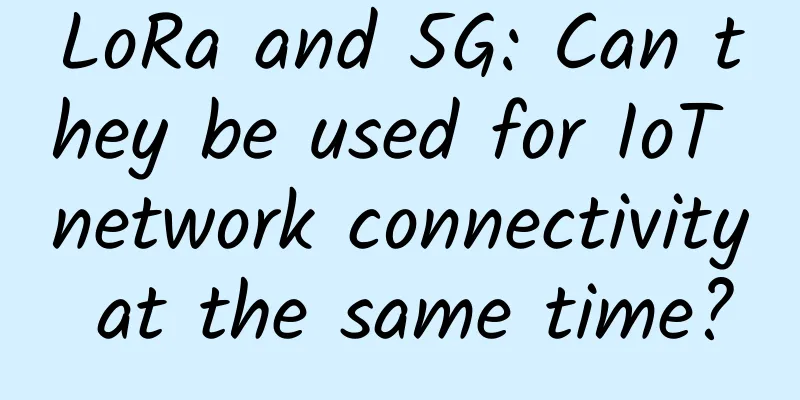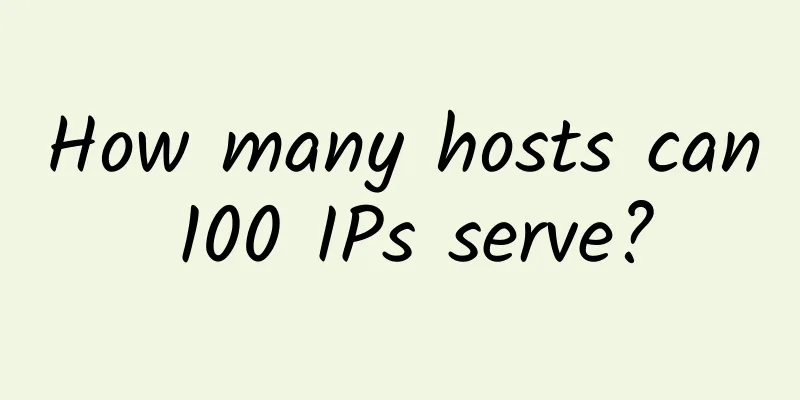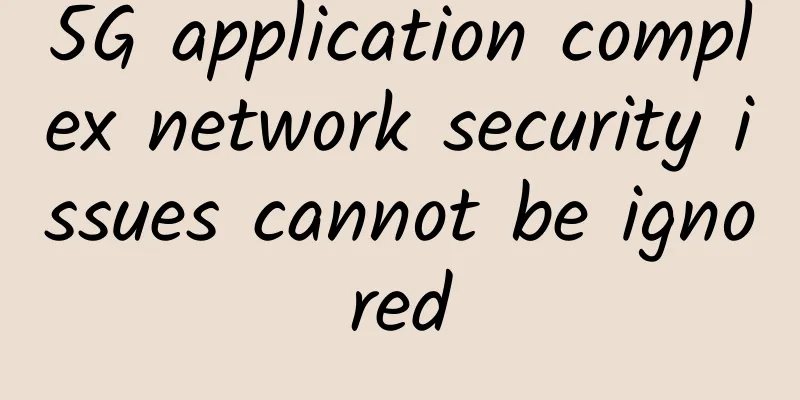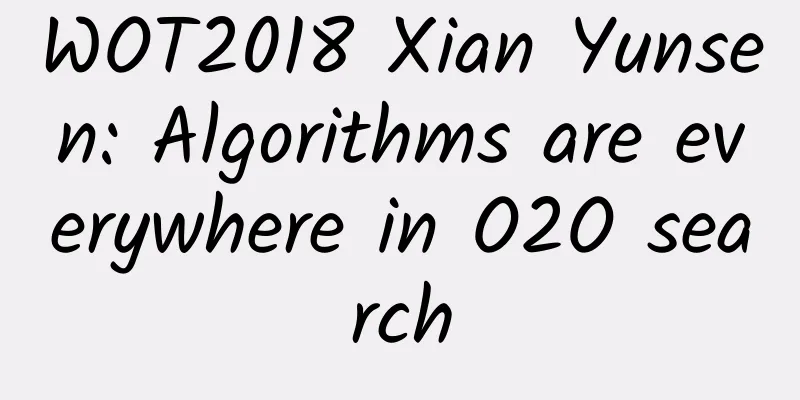LoRa and 5G: Can they be used for IoT network connectivity at the same time?

|
There is no doubt that 5G is the new technology of the 2020s, and US operators such as AT&T, Verizon, and T-Mobile are actively upgrading their nationwide networks to welcome this latest generation of cellular technology. At the same time, smartphone users and application developers are eagerly looking forward to significant throughput increases and latency improvements.
What users and developers need to understand is that 5G is also well suited for highly distributed IoT projects. Advances in performance, capacity, and virtual segmentation bring new opportunities to enable capabilities that were previously unattainable with 4G and earlier cellular architectures. For IoT projects that require the immediate transfer of large amounts of data, 5G will be perfectly capable. But what if your IoT project only needs to send small amounts of data over a wireless network? What if the data must be sent at specific intervals rather than in real time? If your IoT project only requires this type of wireless network, 5G would be overkill. In addition, operators will deploy carrier-grade 5G only in densely populated areas, and will not consider remote areas, small towns, and inaccessible places, unless enterprises deploy their own private 5G infrastructure. But doing so is very complex and costly to deploy and maintain. The shortcomings of 5G are exactly where Long Range (LoRa) and LoRaWAN wireless come into play. What is LoRa? LoRa is an unlicensed narrowband technology, which means narrower channel widths, which means cleaner transmissions, which means longer ranges compared to broadband alternatives, including carrier 5G. At the same time, it’s cheaper for enterprises to deploy large LoRa wireless networks – compared to 4G LTE and 5G. The LoRa wireless standard is also highly energy efficient. IT teams can set up remote LoRa transmitters to transmit data intermittently on a fixed schedule, rather than constantly sending and receiving data in real time, so many LoRa devices can be powered by batteries for years. Therefore, if an IoT project requires the deployment of sensors in highly remote areas without electricity, LoRa is an excellent alternative to 5G. LoRa and 5G: Friend or Foe? LoRa and 5G are complementary wireless technologies. 5G is suitable for most bandwidth-intensive IoT deployments, while LoRa is suitable for IoT deployments in agriculture, oil and gas, utilities, and transportation industries. For these use cases, LoRa will be easier to deploy and manage, and will not be as costly as 5G. |
<<: What is DNS and how does it work?
>>: Why do mobile network testers still pursue speed at all costs?
Recommend
Baidu responds to real-name registration: Implementation in accordance with regulations will not affect search
Recently, Baidu Netdisk released an announcement,...
16 Useful Bandwidth Monitoring Tools to Analyze Network Usage in Linux
Why are today's networks so slow? Are you hav...
Outlook for domestic 5G development in 2021 (Part 2): Challenges
Relying on its significant advantages of high spe...
"Smart Travel" in Linzhi, Tibet, during the summer vacation, Wi-Fi has been widely used in WeChat Moments
During the summer vacation, as a hot spot in the ...
Megalayer: US CN2 line VPS annual payment 159 yuan, Hong Kong VPS annual payment from 199 yuan
Megalayer is a hosting provider founded in 2019 a...
To get rid of the embarrassment, my country needs a "devil's pace" to accelerate IPv6
Artificial intelligence, big data, cloud computin...
The United States' 5G millimeter wave technology is marginalized, and global operators are promoting 5G centimeter wave technology
[[344927]] There are two technical standards for ...
Juniper Networks' Shaowen Ma: The best SDN controller for cloud computing
[51CTO.com original article] The interview with M...
Five strategies for WAN data acceleration
Flash storage, hyperconverged infrastructure, Lin...
80VPS: VPS annual payment starts from 199 yuan, US/Japan/Hong Kong/Korea dedicated server starts from 350 yuan/month
80VPS is a Chinese hosting company. The tribe has...
Allocating 5G private network spectrum is conducive to promoting market competition
Recently, the delayed 5G spectrum auction in Indi...
Net neutrality dies at 2 years old
The Federal Communications Commission (FCC) voted...
Can IPTV also have a nationwide network?
IPTV is good, everyone knows it! The number of IP...
Talking about new IP technology in data centers
Ethernet technology, also known as IP technology,...
Tencent Cloud Double 11 Early Purchase: 2C4G8M cloud server only 70 yuan/year, renewal can get coupons
Tencent Cloud has launched the Double 11 warm-up ...









![[11.11]RAKsmart: US servers start from $30/month, Japan/Korea servers start from $59/month, cluster servers start from $109/month](/upload/images/67cabd1fbfac6.webp)